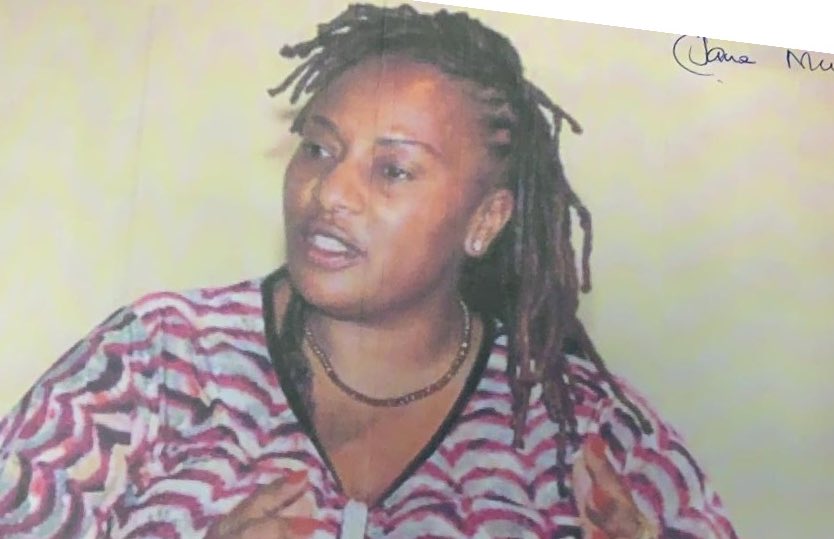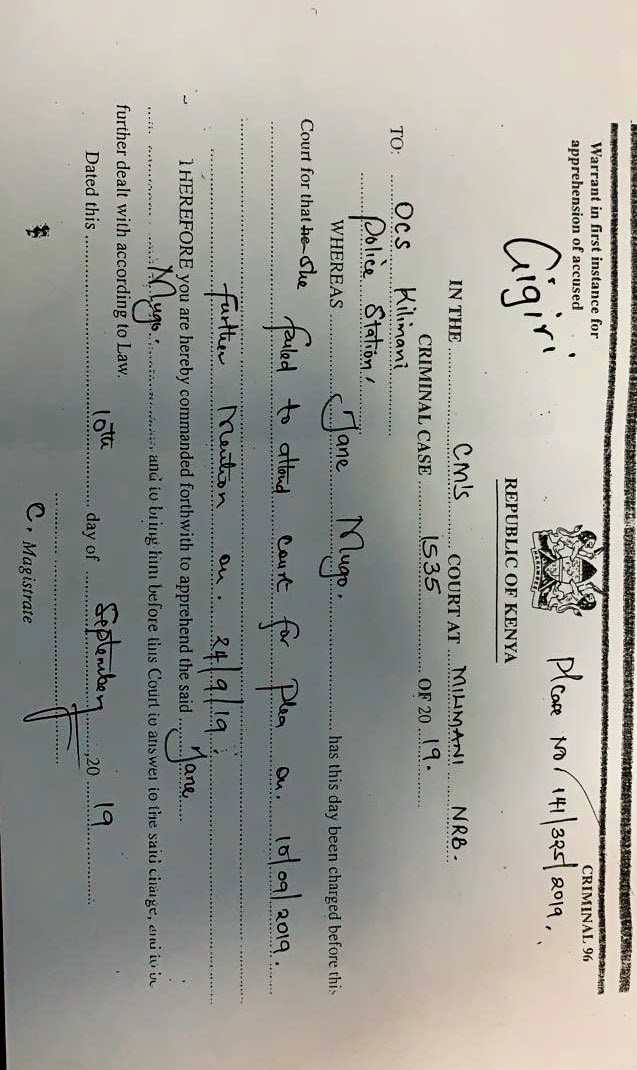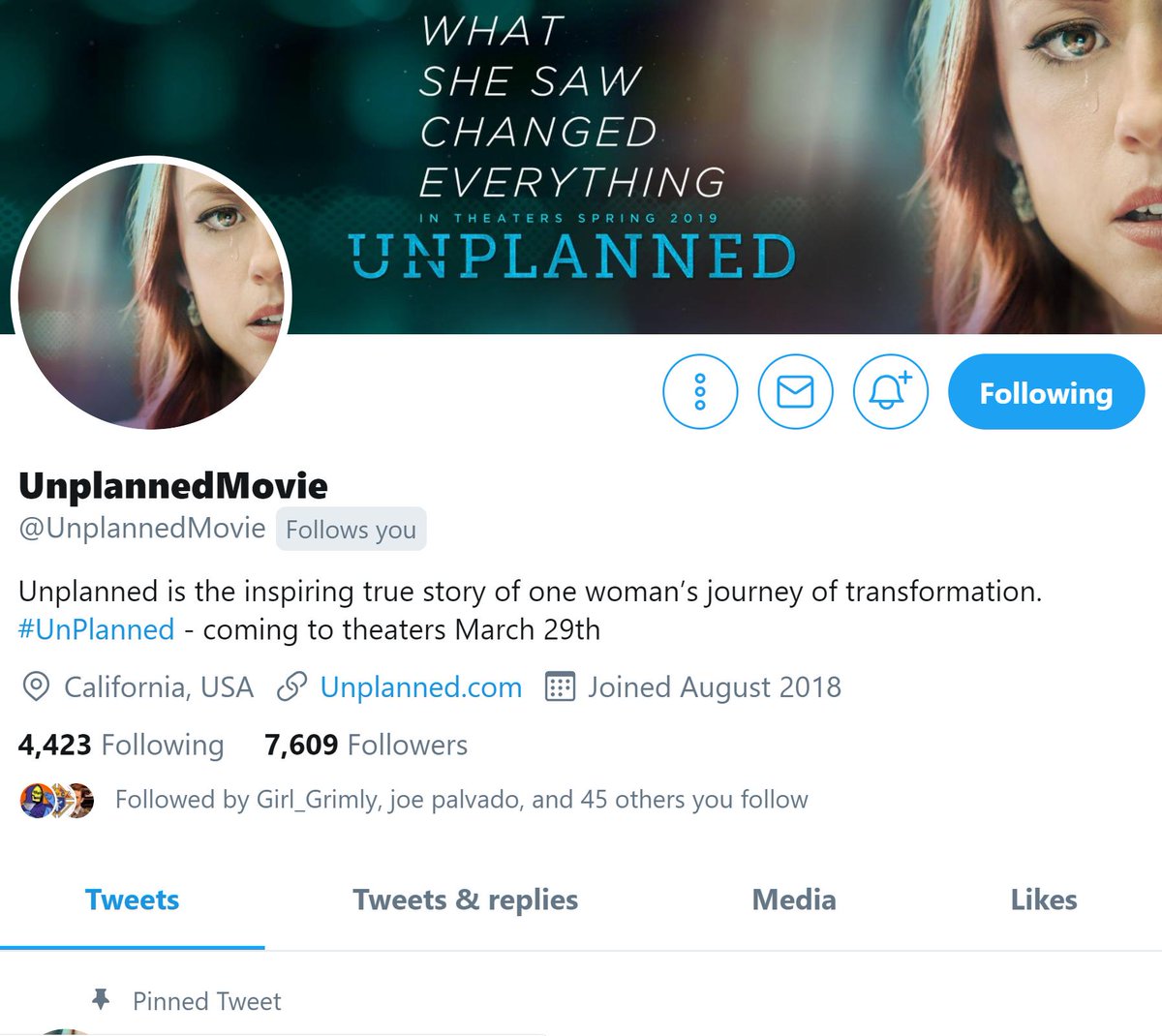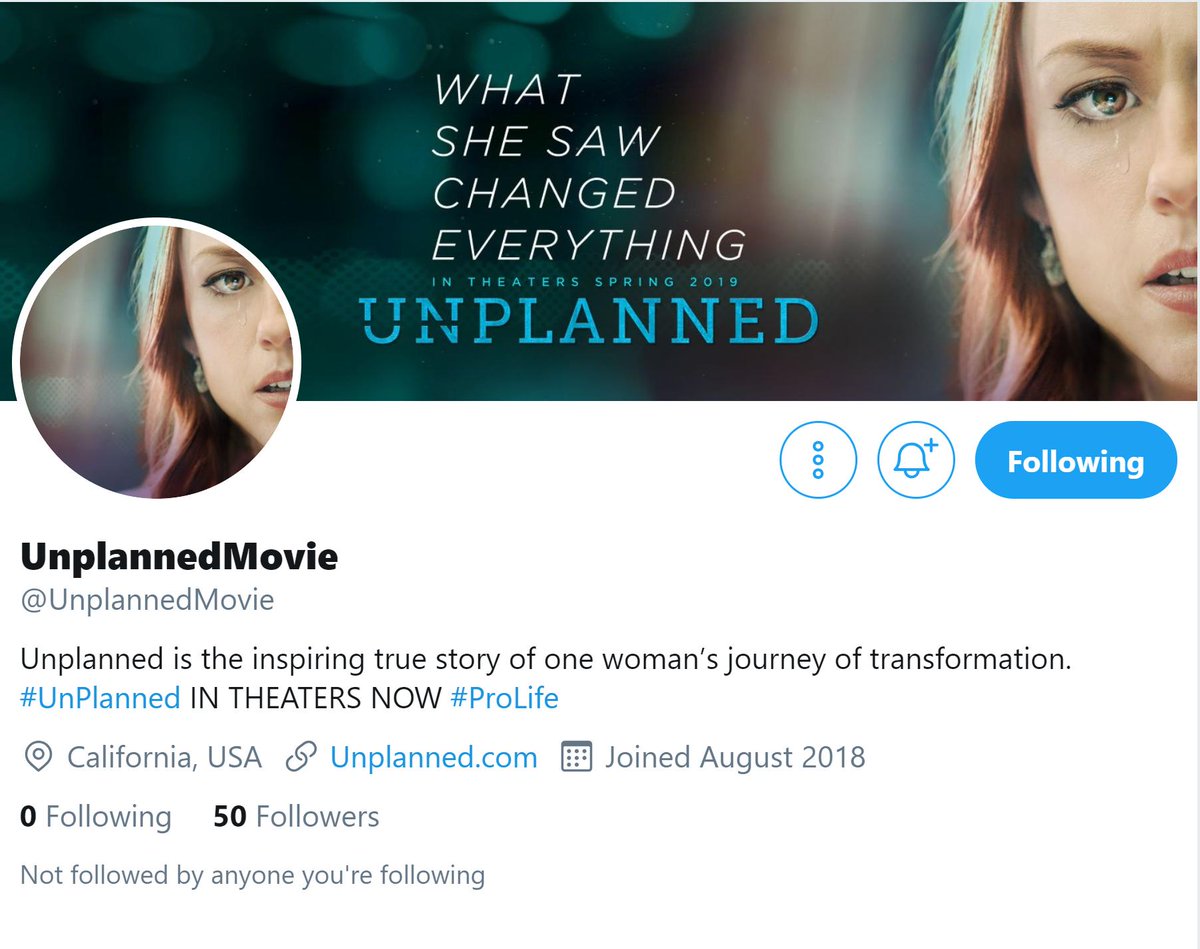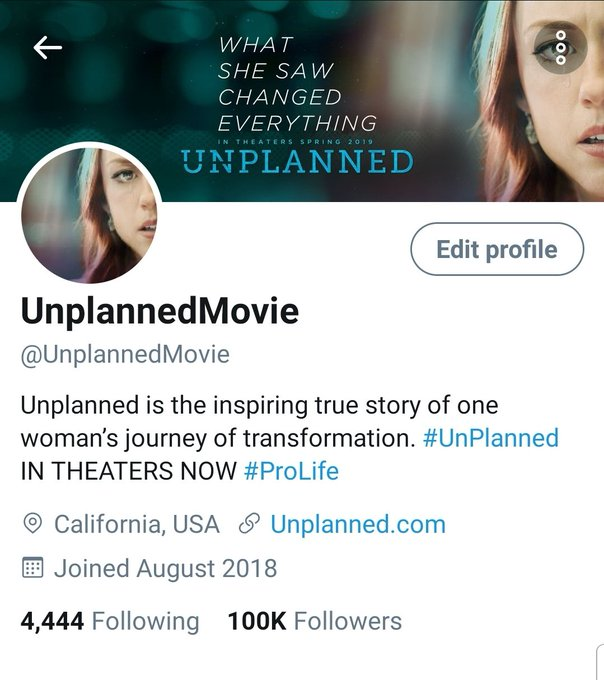Typing the Twitter Machine reveals the facts that I am not a skilled Twitter user and have no sense of how to best organize this. A giant thread follows:
A1: My research group (viz., myself and my grad students) has advocated, since 2012, for the use of a 2-question or 2-step method.
Stem1: What is your current gender identity?
Options1: Woman // Man // Trans Woman // Trans Man // Nonbinary/Enby // Intersex
Stem2: What gender were you assigned at birth?
Options2: Female // Male // Intersex
The caveat to the use of the 2-question method is when participants are not anonymous...
A2: My research group advocates for running multiple replications of the same study design as secondary or tertiary questions
Think about this as we want to Answer Question X for nonbinary respondents, and we do this when we have Designs A, B, C, D, and so forth.
A5: In general, no; expanding how researchers think about gender beyond cisgender heterosexuals will not do this. HOWEVER...
A6: Editorialize. That is, state all the biases that the researchers displayed in their conduct of that study or series of studies. You can update the older, usually less inclusive, language to near-modern language...
A7: Try to collaborate with lifespan development researchers at every level. It would be aspirational (and still worth trying) to get parallel questions for phenomenon from the childhood years...



